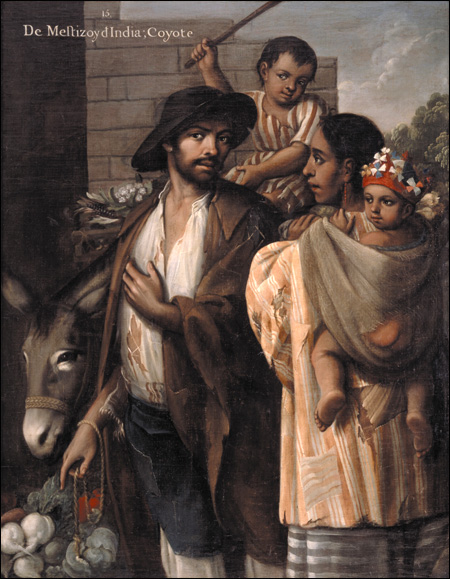California Riches
California has long been a land of riches—not just in gold, but in history, art, and natural beauty. From the legendary Gold Rush that shaped the state’s identity to the cultural movements that followed, California’s wealth lies in its diverse heritage, creative spirit, and breathtaking landscapes. This page explores the many facets of California’s riches, from its literary and artistic traditions to its natural wonders and historical treasures. A place where dreams take root and history lives on, California continues to inspire and captivate all who explore its depths.
Feel free to submit suggestions for this page to admin@charlottemasoneducation.org. We appreciate your contributions!
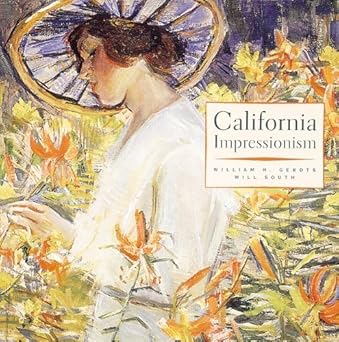
California Impressionism by William H. Gerdts
A comprehensive exploration of the California Impressionist movement, which flourished from the late 19th to the early 20th century. The book highlights how artists in California adapted the techniques of French Impressionism to the state's unique light, landscapes, and atmosphere. It features stunning reproductions of paintings, artist biographies, and discussions on how regional influences shaped this vibrant style. A valuable resource for art lovers, it provides deep insight into the painters who captured California’s golden landscapes and coastal beauty.
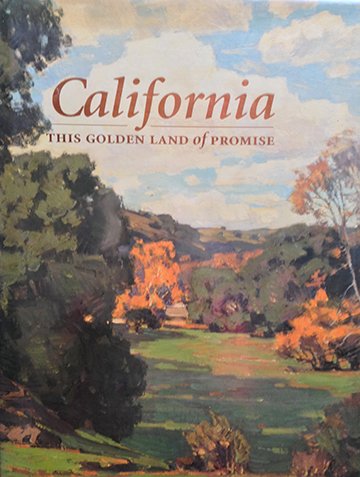
California: This Golden Land of Promise
a richly illustrated book that explores the history, culture, and art of California, with a particular focus on its development and the role of artists in shaping its visual identity. The book delves into the state's transformation from a frontier land to a thriving economic and cultural hub, highlighting the contributions of painters who captured its landscapes, people, and changing way of life. With historical context and beautiful imagery, it offers an engaging perspective on California’s artistic heritage.
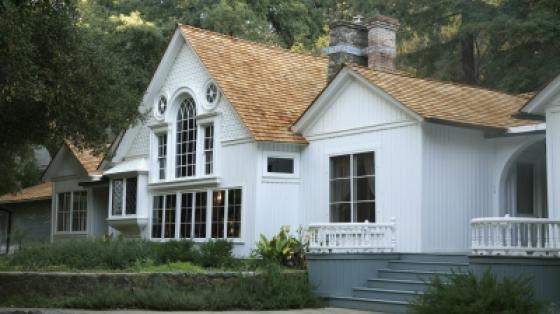
Arden: Helena Modjeska Historic House and Gardens
Arden House, located in Modjeska Canyon, California, was the retreat of Helena Modjeska, a celebrated 19th-century Polish actress renowned for her Shakespearean performances. Built in 1888 by architect Stanford White, the picturesque estate blends Victorian and rustic styles, reflecting Modjeska’s love for nature and the arts. Surrounded by oak trees and rolling hills, it provided a peaceful escape from her theatrical career. Today, Arden is a National Historic Landmark offering guided tours that highlight her life, artistic legacy, and the home’s unique architecture. It was named for the grounds’ resemblance to the Forest of Arden in the Shakespearean play, “As You Like It,”
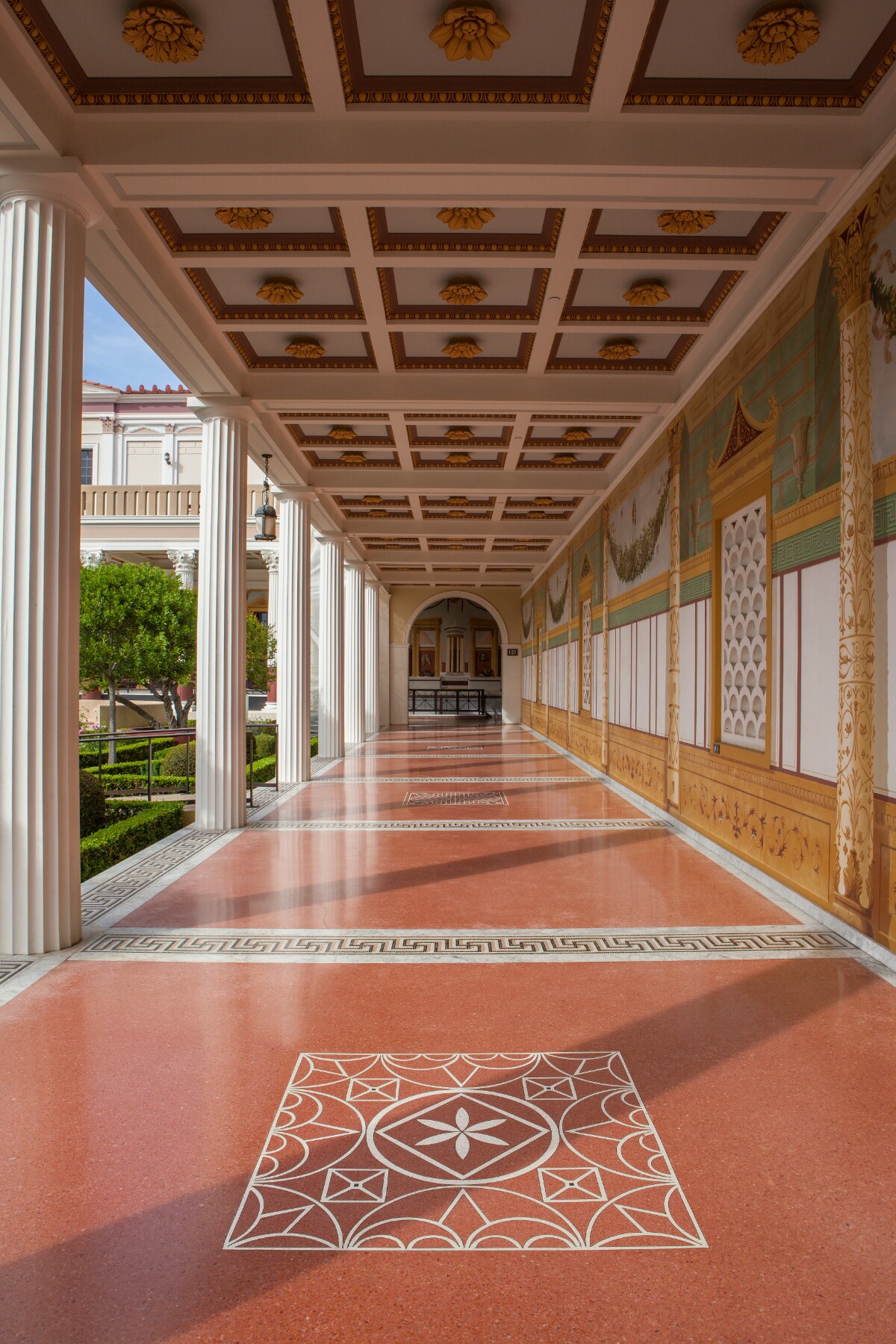
The Getty Villa
Free Admission. Located in Pacific Palisades, California, is a stunning museum dedicated to the art and culture of ancient Greece, Rome, and Etruria. Designed to resemble a first-century Roman villa, specifically the Villa dei Papiri in Herculaneum, it features lush gardens, columned courtyards, and an ocean view that enhances its classical ambiance. Built by J. Paul Getty in the 1970s, the museum houses an extensive collection of antiquities, including sculptures, pottery, and jewelry spanning 7,000 years of history. With its immersive architecture and carefully curated exhibits, the Getty Villa offers visitors a unique journey into the ancient world.
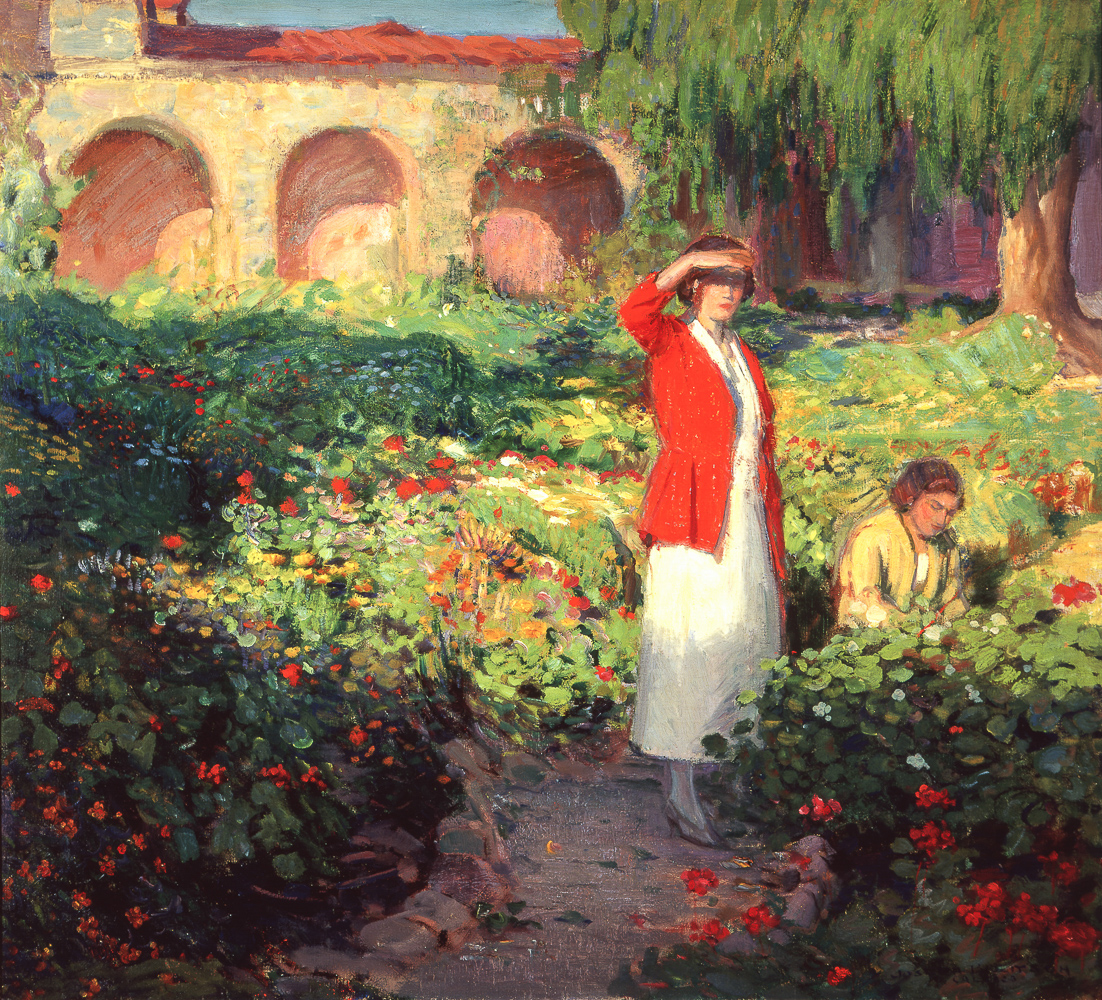
The Irvine Museum Collection
The Irvine Museum Collection is a prestigious assemblage of California Impressionist art, now housed at the University of California, Irvine. Originally founded in 1992 by Joan Irvine Smith, the collection focuses on works from the late 19th and early 20th centuries, showcasing the state's landscapes, coastal scenes, and vibrant light through the lens of American Impressionism. Featuring artists such as William Wendt, Guy Rose, and Granville Redmond, the collection preserves and celebrates California’s artistic heritage. While the original Irvine Museum closed in 2016, its collection continues to be displayed at the UCI Institute and Museum of California Art.
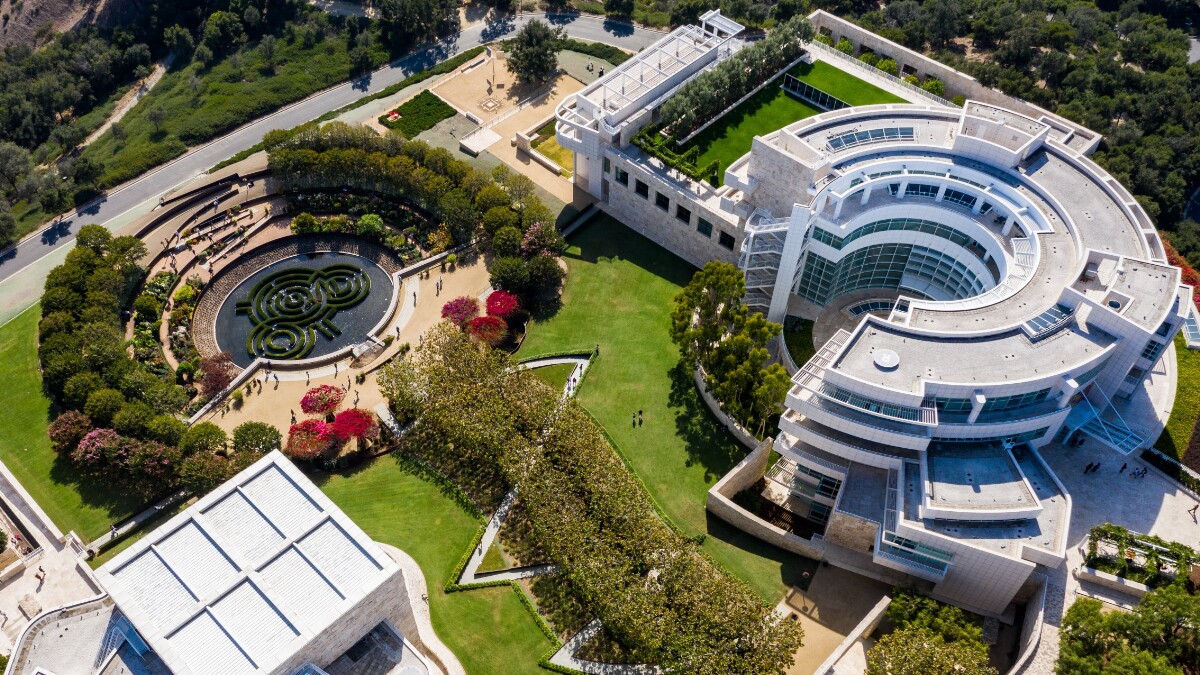
The Getty Center
The Getty Center, located in the Brentwood neighborhood of Los Angeles, is a world-renowned cultural and research complex housing the J. Paul Getty Museum, along with the Getty Research Institute, Conservation Institute, and Foundation. Opened in 1997 and designed by architect Richard Meier, the center is known for its striking modern architecture, hilltop location, and breathtaking views of the city. Its art collection spans from medieval manuscripts to Renaissance paintings, 19th-century European photography, and contemporary sculpture. The campus also features tranquil gardens, including the Central Garden designed by artist Robert Irwin. With free admission and extensive educational programs, the Getty Center remains a major hub for art, research, and conservation.
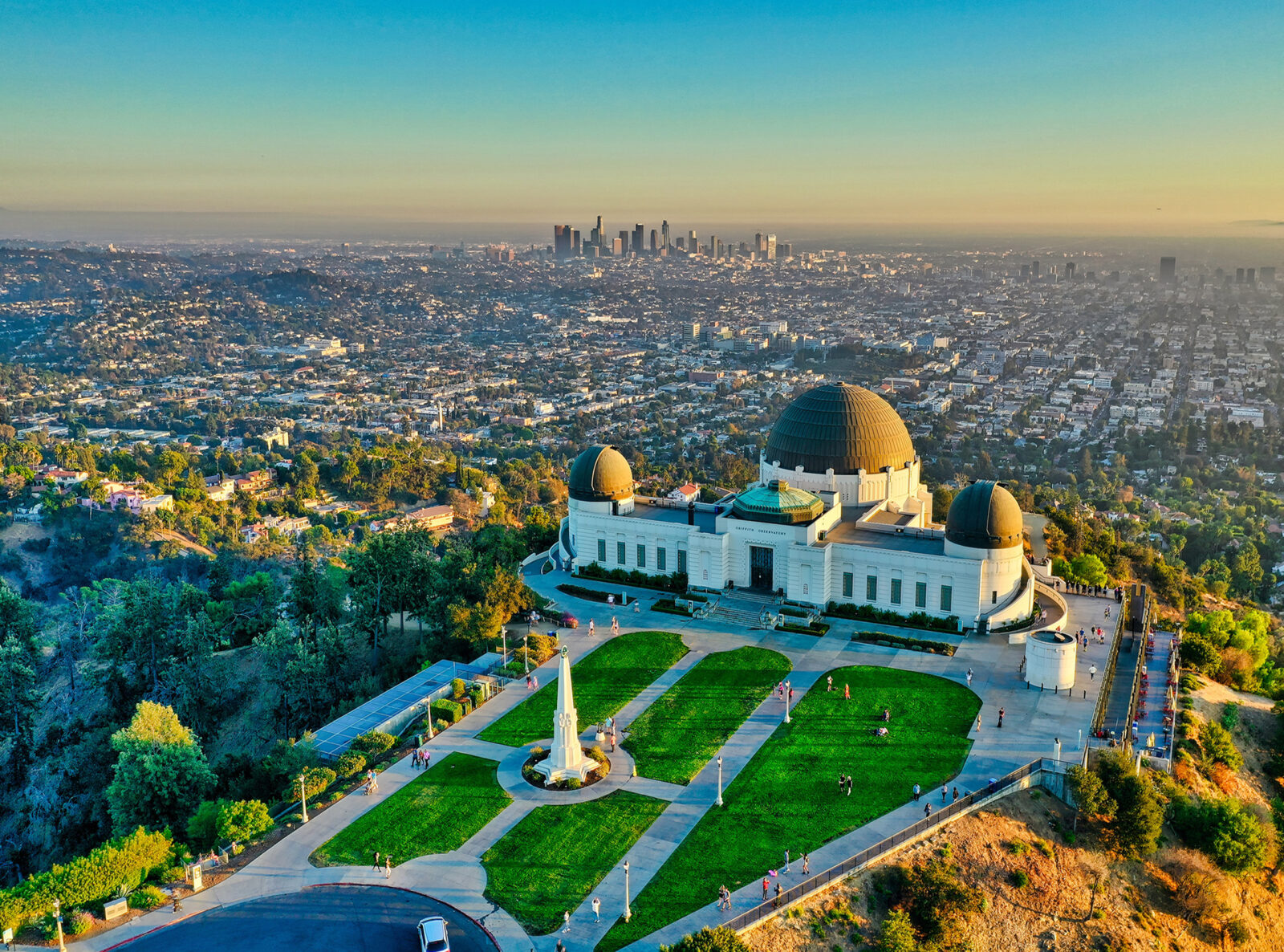
Griffith Observatory
The Griffith Observatory, perched on the slopes of Mount Hollywood in Los Angeles, is a world-famous landmark offering breathtaking views of the city and the stars. Opened in 1935 and funded by philanthropist Griffith J. Griffith, the observatory was designed to make astronomy accessible to the public. It features engaging exhibits, including the Foucault pendulum, a large Zeiss telescope, and interactive space displays. The observatory’s Samuel Oschin Planetarium offers immersive shows about the universe. Known for its role in films like Rebel Without a Cause, Griffith Observatory remains a beloved destination for both science enthusiasts and tourists. Admission is free, continuing Griffith’s vision of public education.
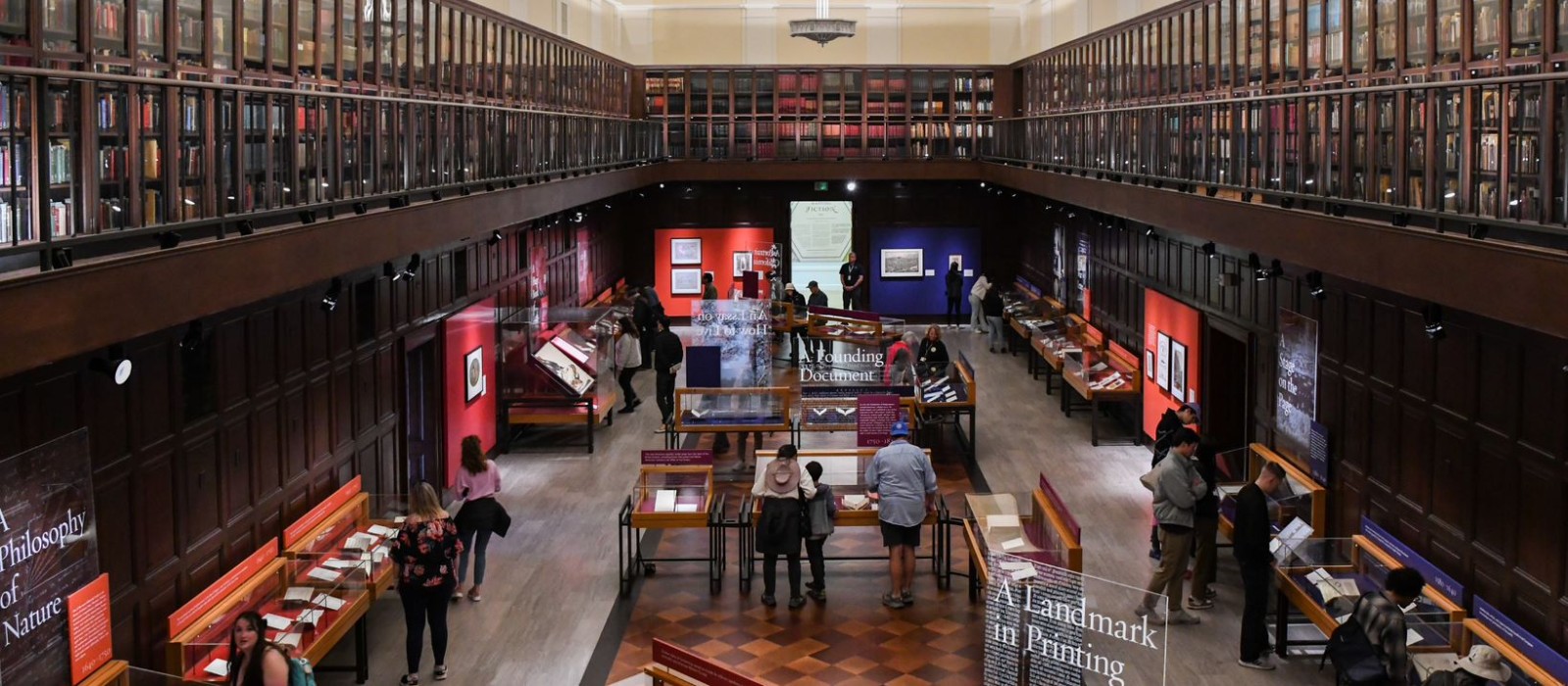
The Huntington Library & Gardens
The Huntington Library, Art Museum, and Botanical Gardens in San Marino, California, is a world-class cultural and research institution. Founded in 1919 by railroad magnate Henry E. Huntington, it houses an extensive collection of rare books, manuscripts, and fine art. The library’s treasures include a Gutenberg Bible, a Shakespeare First Folio, and historic American documents. The art museum features European and American masterpieces, including The Blue Boy by Thomas Gainsborough. Surrounding the estate are 120 acres of botanical gardens, showcasing themed landscapes such as the Japanese Garden, Chinese Garden, Desert Garden, and Rose Garden. The Huntington is a renowned destination for scholars, art lovers, and nature enthusiasts alike.

The Norton Simon Museum
The Norton Simon Museum, located in Pasadena, California, is home to one of the most impressive private art collections in the world. Founded by industrialist and philanthropist Norton Simon, the museum features an extraordinary selection of European masterpieces, including works by Rembrandt, Van Gogh, Degas, and Picasso, along with an extensive South and Southeast Asian art collection spanning over 2,000 years. The museum’s sculpture garden, inspired by Monet’s Giverny, offers a serene setting with ponds and lush greenery. Known for its intimate yet world-class collection, the Norton Simon Museum is a must-visit for art lovers seeking an unparalleled blend of Western and Asian art.

Natural History Museum
Look for Homeschool Free Days throughout the year. The Natural History Museum of Los Angeles County (NHM), located in Exposition Park, is the largest natural history museum in the western United States. Opened in 1913, it houses an extensive collection spanning dinosaurs, gems and minerals, ancient mammals, and cultural artifacts. The museum is famous for its Dinosaur Hall, featuring life-sized fossils and skeletons, including a towering Tyrannosaurus rex. Other highlights include the Age of Mammals exhibit, the Gem and Mineral Hall, and the immersive Nature Gardens. NHM is a leading center for scientific research and education, offering hands-on exhibits, live animal encounters, and programs that explore the natural world from prehistoric times to the present.
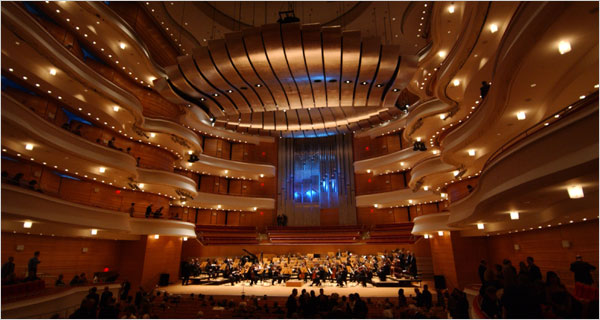
Pacific Symphony
Founded in 1978, the Pacific Symphony has grown into one of the largest orchestras in the U.S., performing at the Renée and Henry Segerstrom Concert Hall in Costa Mesa. Under the leadership of Carl St.Clair, its longtime music director, the symphony is celebrated for its performances of classical masterworks, contemporary compositions, and cross-genre collaborations. The orchestra also offers education and outreach programs, including the Pacific Symphony Youth Ensembles and the Class Act partnership with local schools, making it a cultural cornerstone of Southern California’s arts scene. Discounted Student Tickets available through student rewards email signup.
California Gold: Northern California Folk Music from the Thirties is a historical collection of folk music recordings gathered in Northern California during the 1930s. It was compiled by Sidney Robertson Cowell, an ethnomusicologist. The collection is preserved by the Library of Congress and features over 35 hours of field recordings, including folk songs, ballads, and traditional music from diverse cultural backgrounds such as Anglo-American, Armenian, Basque, Finnish, Portuguese, and Mexican communities. This collection provides a rare glimpse into the musical traditions of early 20th-century California, documenting songs that might have otherwise been lost.
Miguel Cabrera (1695–1768) was a prominent Mexican painter of the 18th century, known for his religious art and portraits. He was one of the leading artists of New Spain (colonial Mexico) and played a major role in developing the Baroque style in the region. As an influential artist, Cabrera founded Mexico’s first art academy and left a lasting impact on Mexican religious and colonial art.. Read more at Wendi’s blog here and on her sidebar she has a downloadable picture study available for $5.
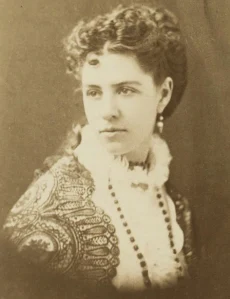
Ina Coolbrith (1841-1928)
An American poet, librarian, and literary figure, best known as California’s first Poet Laureate and the first state poet laureate in the U.S. Born in Illinois, she moved to California as a child during the Gold Rush. She became a key figure in San Francisco’s literary scene, befriending writers like Mark Twain, Bret Harte, and Jack London, whom she mentored. Her poetry, known for its lyrical beauty and deep love for California’s landscapes, earned her widespread respect. As a librarian, she helped shape Oakland’s public library, influencing young writers, including London. Coolbrith’s contributions to California’s literary heritage remain significant, and a park in San Francisco bears her name in tribute.
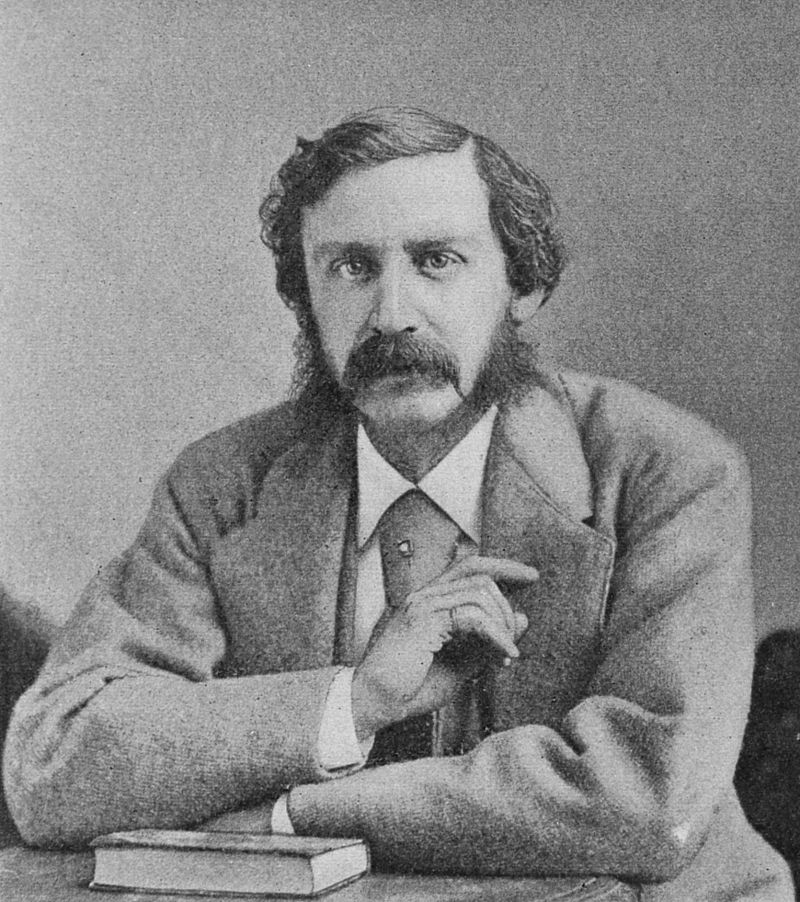
Bret Harte (1836 - 1902)
Poet and author.
Bret Harte (1836–1902) was an American writer and poet best known for his short stories about the California Gold Rush. His works, including The Luck of Roaring Camp and The Outcasts of Poker Flat, depicted the rugged lives of miners and pioneers with a mix of humor, drama, and social satire. Often compared to Mark Twain, Harte played a key role in shaping the Western literary genre, influencing later writers like Jack London.
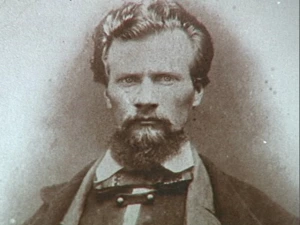
Joaquin Miller
Joaquin Miller (1837–1913) was an American poet, frontiersman, and adventurer, often called the "Poet of the Sierras." Born as Cincinnatus Hiner Miller, he gained fame for his romanticized depictions of the American West, particularly California and Oregon. His best-known work, Songs of the Sierras (1871), brought him international recognition for its dramatic and lyrical portrayal of frontier life. Miller lived a colorful life, claiming to have been a miner, Pony Express rider, and judge. He later settled in the Oakland Hills, where he created a scenic retreat, now known as Joaquin Miller Park. Though sometimes criticized for embellishing his past, his contributions to Western literature influenced writers like Jack London and Ina Coolbrith.
Other Riches:
- The Arboretum of Los Angeles County (Arcadia) – Beautiful gardens, peacocks, and native plants.
- Descanso Gardens (La Cañada Flintridge) – Woodland walks, rose gardens, and seasonal nature events.
- Oak Glen Nature Preserve & Apple Orchards – A great place for fall apple picking and hands-on farm experiences.
- San Juan Capistrano Mission & Gardens – A historic Spanish mission with beautiful architecture and gardens.
- Bolsa Chica Ecological Reserve (Huntington Beach) – Birdwatching and wetland ecosystem exploration.
- Santa Rosa Plateau Ecological Reserve (Murrieta) – Great for hikes with vernal pools, ancient oaks, and wildlife.
Living History
- Heritage Square Museum (Los Angeles) – A collection of preserved Victorian-era homes.
- Rancho Los Cerritos (Long Beach) – A historic adobe home with interactive exhibits about early California life.
- San Diego’s Old Town State Historic Park – A vibrant living history site with 19th-century buildings, shops, and museums.
- Flores Peak (San Juan Capistrano) – Named after outlaw Juan Flores, leader of the Flores-Daniel Gang in the 1850s. After the gang ambushed and killed Los Angeles County Sheriff James R. Barton and his posse, Flores and his men fled to the peak. Pursued by a posse of lawmen, Flores made a daring escape by riding his horse off a steep incline, surviving the fall and disappearing into the wilderness. However, he was later captured near Simi Valley, taken to Los Angeles, and publicly hanged in 1857.
- Holcomb Valley (Near Big Bear) – Site of Southern California’s biggest gold rush and home to the infamous “Hangman’s Tree.”
- Randsburg (Kern County) – A “living” ghost town where some people still live, but it has historic saloons, a general store with old-fashioned sodas, and a working blacksmith shop.
- Calico Ghost Town (San Bernardino County) – The most family-friendly ghost town, with restored buildings, mine tours, a train ride, panning for gold, and occasional reenactments of Wild West gunfights. It’s a county park, so it has bathrooms, picnic areas, and shops.
- Bodie Ghost Town (Mono County) – A well-preserved California State Park where kids can explore old buildings, a schoolhouse, and mining remnants.
- Queen Mary (Long Beach) – A historic ocean liner turned museum and hotel, famous for its Art Deco design and WWII history. Families can explore the ship’s decks, engine room, and exhibits.
Art & Literature
- The William Andrews Clark Memorial Library (Los Angeles) – A lesser-known treasure with rare books and manuscripts.
- The International Printing Museum (Carson) – Interactive exhibits on printing history, great for hands-on learning.
Science
- Cabrillo Marine Aquarium (San Pedro) – Small, interactive, and focused on tide pools and marine ecosystems.
- The La Brea Tar Pits (Los Angeles) – Ice Age fossil discoveries in action.
- The California Science Center (Los Angeles) – While more modern, it has hands-on nature and space exhibits.
- Aquarium of the Pacific (Long Beach) – A place of discovery where visitors can observe the rich diversity of marine life from the Pacific Ocean. Through immersive exhibits, tide pools, and up-close encounters with sea creatures, one gains a deeper appreciation for the intricacy of ocean ecosystems and the delicate balance of nature.
- La Jolla Cove (San Diego) – A strikingly beautiful inlet where the meeting of land and sea creates a vibrant habitat for marine life. The clear waters invite exploration, whether by observing sea lions basking on the rocks, studying tide pools teeming with small wonders, or snorkeling amidst the kelp forests that shelter an array of ocean creatures.


